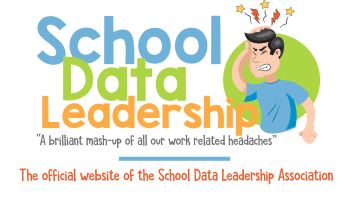Standard 5 - Assessing Students for Learning
Teachers apply knowledge of the purposes, characteristics, and uses of different types of assessments. They collect and analyze assessment data from a variety of sources and use those data to inform instruction. They review data, both individually and with colleagues, to monitor student learning. Teachers use assessment data to establish learning goals and to plan, differentiate, and modify instruction. They involve all students in self-assessment, goal setting and monitoring progress. Teachers use available technologies to assist in assessment, analysis, and communication of student learning. They use assessment information to share timely and comprehensible feedback with students and their families.
5.7 Using assessment information to share timely and comprehensible feedback with students and their families
As teachers develop, they may ask, “How do I…” or “Why do I…”
Provide all students with information about their progress as they engage in learning activities
Guidance: Offer frequent formative feedback through rubrics, written comments, digital check-ins, and one-on-one conferences. Make progress visible through charts or dashboards.
Initiate regular and timely contact with families and resource providers about student progress
Guidance: Schedule biweekly or monthly updates via email, calls, or communication platforms like Remind, Seesaw, or TalkingPoints. Include both academic and behavioral observations.
Communicate assessment results to families in ways that are respectful and understandable
Guidance: Use plain language, provide translations, and present data visually (e.g., charts, graphs, rubrics). Hold family conferences and be responsive to questions and concerns.
Provide families with ways to use assessment information at home to improve student learning
Guidance: Share home strategies tied to academic goals, such as reading logs, flashcards, and discussion prompts. Offer suggestions tailored to the student’s current level and needs.
